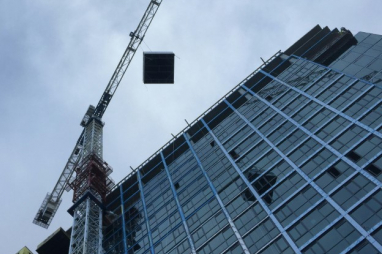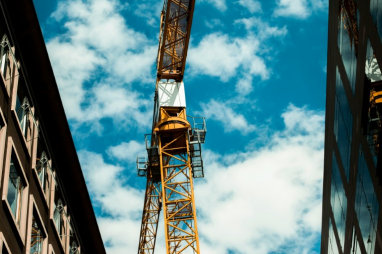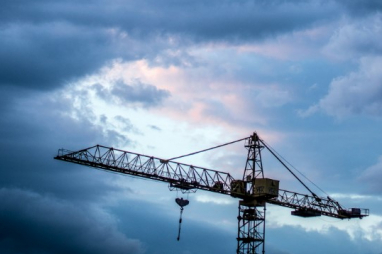- Сникерсы кроссовки на высокой платформе с танкеткой чёрные деми — цена 1199 грн в каталоге Сникеры ✓ Купить женские вещи по доступной цене на Шафе , Украина #107726991
- nike lebron x nike pink green hair women 2017 DM7597 - 100 Release Details - StclaircomoShops - scarpe nike air max silver metallic
- In this incredible set of vintage prints is the Air Jordan VIII - Air Jordan Retro 2016 Release Dates - The Air Jordan 1 Mid continues its impressive lineup
- where to buy air jordan shoes in dubai Low Reverse Liverpool DQ6400 , 300 Release Date - SBD - mens nike shox red and white color chart 6500
- what to wear with the air jordan 1 mid se coconut milk particle grey - hamburger - ui
- air jordan 4 white tech grey black fire red ct8527 100 release date
- nike air force 1 low white gold dc2181 100 release date info
- Air Jordan 1 Blue Chill Womens CD0461 401 Release Date 4
- Travis Scott Air Jordan 1 High OG CD4487 100 Release Date Price
- air jordan spring 2021 retro collection release date info
- Home
- News and analysis
- Info hubs
- Events
- Video
- Case Studies
- About us
- Magazine
- Advertising
Produced for the industry by the Association for Consultancy and Engineering
News
Construction growth slips to three-month low, PMI reveals

Overall construction growth slipped to a three-month low in November, with business optimism at its weakest since the Covid restrictions of May 2020, according to the latest monthly PMI figures.
At 50.4 in November, the headline seasonally adjusted S&P Global / CIPS UK Construction Purchasing Managers’ Index® (PMI®) – which measures month-on-month changes in total industry activity – registered above the 50.0 no-change mark for the third month running. However, the index was down from 53.2 in October and pointed to the weakest performance since August.
Commercial work was the only segment to register an overall rise in business activity in November (index at 51.1). House building activity meanwhile stalled (index at 50.0), which ended at three-month period of marginal expansion. Construction companies often noted higher mortgage rates and falling consumer confidence as factors that had held back residential activity.
Civil engineering activity (46.7) declined for the fifth consecutive month. The latest reduction was the sharpest since August. Lower volumes of output were mainly linked to a lack of new work to replace completed projects.
November data pointed to a modest increase in total new orders across the construction sector, which contrasted with a slight decline in October. However, the rise in new business intakes was much weaker than seen on average in the first half of 2022. Survey respondents often noted that weaker domestic economic conditions had acted as a headwind to client spending.
Employment numbers continued to increase in November, but the rate of job creation eased to its slowest since February 2021. Construction companies suggested that concerns about rising costs and weaker growth had led to more cautious hiring policies.
In contrast to the slowdown in staff recruitment, latest data signalled the fastest increase in input buying since July. Higher levels of purchasing activity were linked to rising workloads and improved raw material availability, although some cited efforts to place orders ahead of supplier prices hikes.
Average cost burdens increased sharply in November, which was linked to rising energy prices, tight supply conditions and general inflationary pressures. However, the overall rate of input cost inflation eased to its least marked since January 2021, partly due to softer commodity prices.
Meanwhile, suppliers' delivery times lengthened to the greatest extent since July. Survey respondents suggested that transport and logistics delays had led to longer wait times for the receipt of construction products and materials.
Looking ahead, around 29% of the survey panel anticipates a rise in business activity in 12 months' time, while 26% forecast a decline. The resulting index signalled the lowest degree of confidence since May 2020. Anecdotal evidence suggested that recession worries, higher interest rates and a subdued housing market outlook had all weighed on optimism.
Tim Moore, economics director at S&P Global Market Intelligence, which compiles the survey said: "Construction growth was largely confined to the commercial segment, but even here the speed of expansion slowed considerably since October as client confidence weakened in response to heightened business uncertainty. At the same time, a lack of new work to replace completed projects resulted in another fall in civil engineering activity.”
Dr John Glen, chief economist at the Chartered Institute of Procurement & Supply, said: "The small uplift in activity in November did little to dispel builders’ fears about the future as optimism fell to the same level as December 2008 during the last recession and to one of the same lows seen during the pandemic. Construction companies now have a tightrope to walk in terms of being ready for recovery and cautious around investment until the road is clear for sustainable building opportunities ahead."
ACE CEO Stephen Marcos Jones said: “These figures won’t come as a major surprise. We’re entering a difficult phase economically and we will need careful stewardship through the challenging times ahead. This is why I was pleased to see the chancellor’s Autumn Statement reaffirm commitments to major infrastructure projects as a priority. This will help bring certainty to the sector and, while it doesn’t provide immediate support, does show the industry that over the medium to long term we can take a more positive view.”
Max Jones, director in Lloyds Bank’s infrastructure and construction team, said: “Construction is bucking the trend of contraction seen elsewhere in the UK economy, which is good news, but also true of the sector’s natural lag to the wider economic cycle. There are good reasons to be positive about the construction sector, with many firms seeing a big win in the government’s reaffirmed commitment to major public infrastructure projects, such as HS2 and Sizewell C, which are a huge part of the sector’s order books.
“Looking ahead to 2023, the impact of economic uncertainty is creating significant issues for construction. Access to talent is also a big concern. Anecdotally, contractors are worried that without meaningful reform to the UK’s immigration system the skills gap will widen in 2023, as there are insufficient trained people in the workforce to meet employers’ immediate needs.”
PMI data was collected between 11-29 November 2022.





